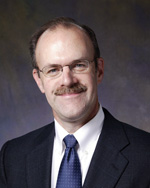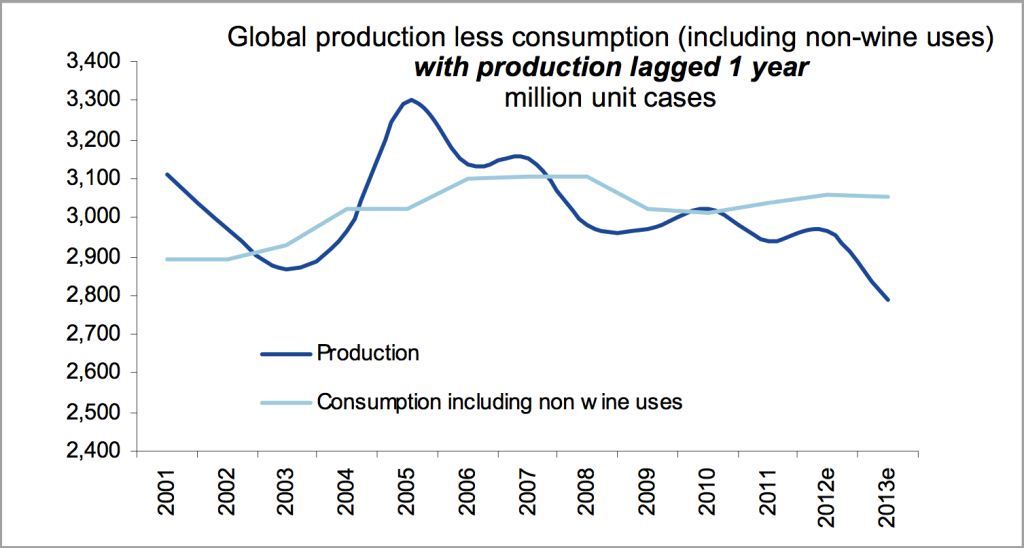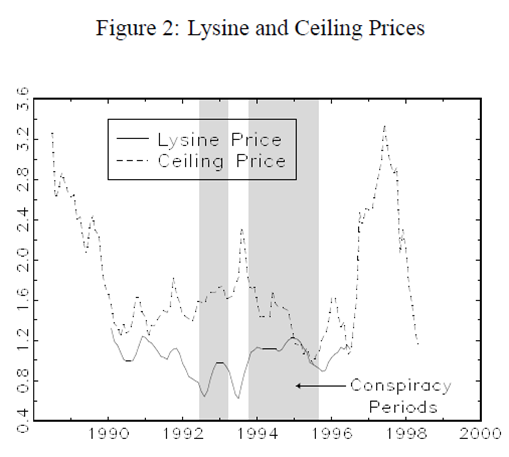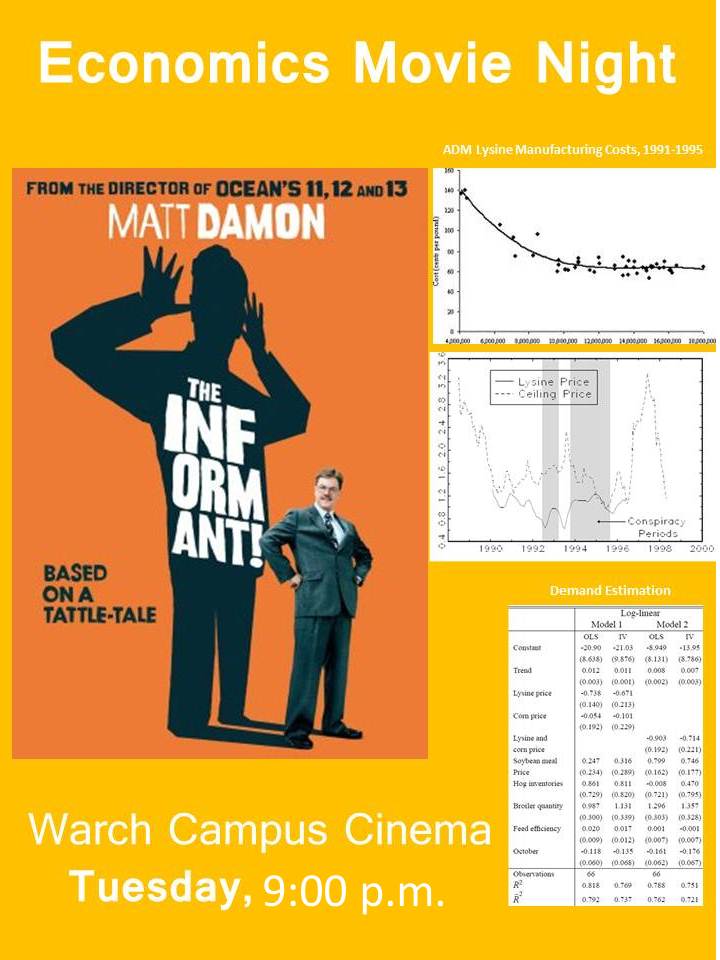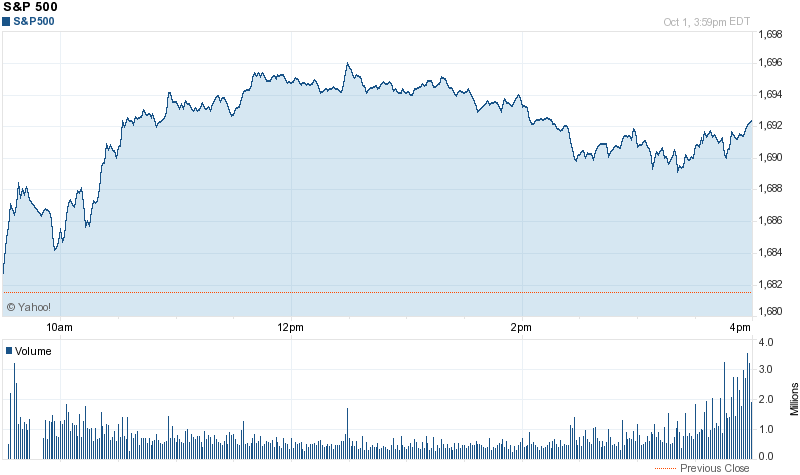No, this is not April Fool’s Day. Tomorrow’s Money and Monetary Policy class will host Lawrence alum and Federal Reserve
Bank of Minneapolis’ First Vice President Jim Lyon (9 – 10:50, Briggs 217). During the first hour, Lyon will discuss the Dodd-Frank Financial Reform Act passed in 2010. He will detail how far along the implementation process is as well as what we can expect to happen.
During the second hour, Lyon will put on his “Ben Bernanke hat” and chair a shadow meeting of the FOMC. Students in the class will present the views of the other members of the Board of Governors of the Fed as well as those of the bank presidents of the 12 regional Federal Reserve banks.
You are welcome to attend these awesome proceedings.
